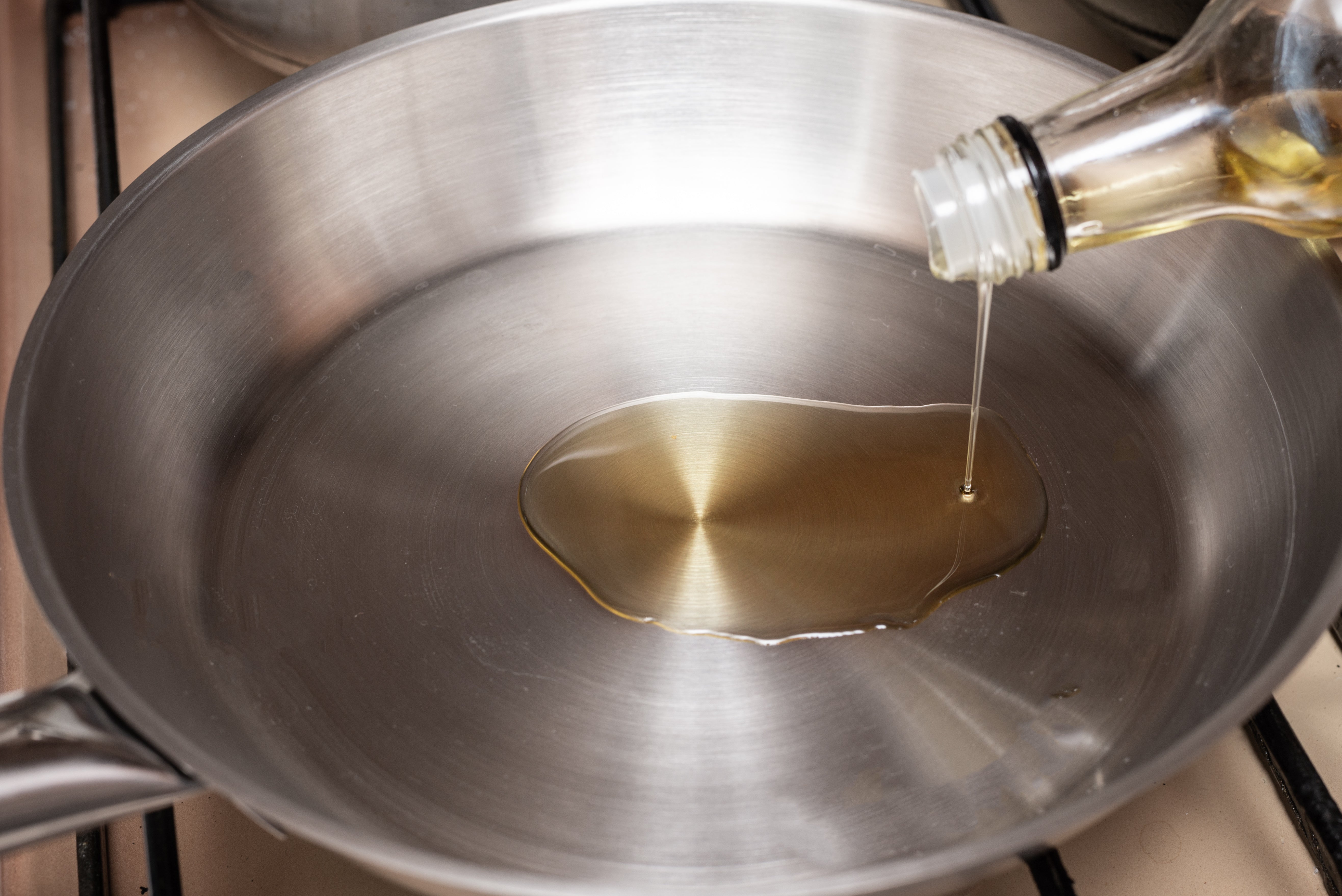For many years, stainless steel has been thought of as lacking in non-stick capabilities. But unlike this popular belief, the reality is that stainless steel cookware can become non-stick when used with the right techniques. And in this article, we explore the steps to take that enable these non-stick in your stainless steel cookware. Read on to enjoy effortless cooking and how to make stainless steel non-stick!
Understanding Stainless Steel Cookware
Before we learn how to make the surface of the pan or other stainless steel cookware non-stick, let’s understand what stainless steel is. Stainless steel is a specific combination of different metals, including iron, chromium, and nickel. The materials used to make stainless steel give it the durability and corrosion resistance that it’s so well known for.
The combination of these properties have made it a popular choice for kitchens all over Australia. The ability to withstand medium and high heat also makes it great for many different cooking methods. These include boiling, sauteing, searing, frying and baking. It’s also capable of doing all these tasks over and over again, lasting over long periods of time with heavy use.
Why Isn’t Stainless Steel Cookware Naturally Non-Stick?
There are a number of reasons why a stainless steel skillet or other stainless cookware is not inherently non-stick. The first reason is that the surface is smooth. This smoothness to the surface allows food being cooked to come into direct contact with the metal, sticking to it. The other big reason is that there is a lack of non-stick coating found in Teflon or ceramic cookware.
How to Make Stainless Steel Non Stick
In learning how to make stainless steel non-stick, we need to learn about seasoning.
What Is Seasoning?
Seasoning for cookware is the process of making a non-stick layer on the surface. This concept is applicable for stainless steel cookware, in the same way many people have heard of seasoning for woks or cast iron skillets. This process of seasoning involves covering the cooking surface of a piece of cookware with oil or fat. After this, the process requires the heating of your pan until the oil bonds itself to the cooking surface.
By having this oil or fat bond onto the surface of your stainless steel cookware, non-stick properties are gained. In effect, you are adding your very own non-stick coating. The added benefit is that the oil or fat coating does not contain harmful chemicals, and allows you to use abrasive kitchen utensils. This includes metal spatulas for cooking and steel wool scourers for cleaning.
How to Season a Stainless Steel Pan/Cookware
1. Clean and dry the stainless steel cookware:
The first step in making a stainless steel pan nonstick, or any stainless cookware, is to clean it. Use warm soapy water to wash the cookware and also scrub it with a non-abrasive sponge or cleaning cloth. Once complete, rinse it off and dry it completely.
2. Coat oil or fat to the cooking surface:
To now start the seasoning of your stainless steel cookware, choose oil with a high smoking point. We recommend either vegetable oil, canola oil, or flaxseed oil. And using your choice of high smoke point oil, thinly coat the pan's cooking surface with the help of a paper towel. This includes the sides and any steel handles.
3. Heat the cookware or pan on medium to low heat
To make the oil bond and create a non-stick layer over the stainless steel surface, heat the pan over low to medium heat. Leave it on the heat without adjustment for a few minutes. It’s important not to rush this step by using high heat to ensure proper bonding.
4. Let it cool, wipe and repeat if necessary:
The final step in the process for how to make stainless steel non-stick is to remove it from the stovetop and let it cool down completely to room temperature. During the cooling of the cookware, excess oil can pool at the bottom or form droplets. Don’t worry, simply wipe this oil off with a towel or cloth and you’re done! You can also repeat steps 2 to 4 of this seasoning procedure to create a thicker and more durable non-stick layer.
Checking For Non-Stick Properties
Now that you know how to make stainless steel non-stick, let’s learn how to check it for non-stick capabilities. To do this, use the water droplet method.
Water Droplet Test
To check if your pan is now seasoned correctly, heat it over a medium heat for a few minutes. Then use a drop of water in the pan and see how it behaves. Water that forms a tight bead and glides with ease over the pan lets you know that it’s seasoned and the oil has bonded properly. With this check, you can make sure your pan is ready for use.
Cleaning and Care Tips in the Australian Climate
The Australian climate is a harsh environment, including for your cookware. With hot temperatures and humid conditions near the coast where most people live, taking care of stainless steel cookware only becomes more important.
Regular Washing
Each time you use your pan, wash it afterwards. Remember to use warm soapy water and non-abrasive scourers, sponges or clothes. Regular and careful washing prevents build up and makes future cleaning easier.
Removing Tough Food Stains or Discolouration
For stubborn and stuck on food, remove them by first letting the cookware soak in warm and soapy water before scrubbing. If that doesn’t work, or if you have discolouration, make a paste with baking soda and water. Rub and scrub the paste gently into the areas with stains or discolouration using a cloth or sponge. Then rinse and dry as normal.
Reseasoning
Over time and with usage, your non-stick coating on the stainless steel cooking surface wears out. We recommend reseasoning your cookware every few months to maintain the non-stick properties. Simply follow the instructions above for how to make stainless steel non-stick. This lets you avoid any nasty surprises after you’ve started cooking, expecting the same non-stick qualities you had before.
Make Your Stainless Steel Non Stick!
Follow these instructions and you’ll discover that the answer to “how to make stainless steel non-stick” is actually easy! And with the correct maintenance, you’ll also see these non-stick benefits from seasoning your cookware for years to come. For great stainless steel cookware that you can rely on, head over to our website. We’ve got a range of quality stainless steel cookware available now, ready to be shipped all over Australia!





